Introduction
The growing awareness of the impact that indoor environments have on human health has led to a significant shift toward green building design. Green buildings are those that prioritize sustainability by using energy-efficient materials, promoting water conservation, reducing waste, and minimizing environmental impact. One of the most crucial aspects of green building design is improving indoor air quality (IAQ), which directly influences the health and well-being of occupants.
Indoor air quality is often compromised by various pollutants such as volatile organic compounds (VOCs), particulate matter, mold, and poor ventilation. These pollutants can cause a range of health issues, from minor irritations such as headaches and fatigue to more serious conditions like respiratory diseases, cardiovascular issues, and long-term illnesses such as cancer.
Green building design, with its focus on sustainable materials, energy efficiency, and healthier indoor environments, provides innovative solutions to mitigate these concerns. This article explores the various ways in which green building design contributes to improving indoor air quality and, by extension, human health. We will examine the principles of green building design, the technologies and materials that support IAQ, and the health benefits of such designs.
1. Understanding Green Building Design
A. Definition and Key Principles
Green building design encompasses a variety of strategies aimed at reducing the environmental impact of a building throughout its lifecycle. The core principles of green building design include:
- Energy Efficiency: Reducing energy consumption by using advanced insulation, efficient lighting, and heating/cooling systems.
- Sustainable Materials: Using non-toxic, renewable, and locally sourced materials in construction.
- Water Conservation: Incorporating water-efficient plumbing systems and rainwater harvesting techniques.
- Waste Reduction: Minimizing construction waste and using sustainable construction methods.
- Indoor Environmental Quality (IEQ): Focusing on the health and comfort of building occupants by ensuring high indoor air quality, natural lighting, and acoustic comfort.
B. Green Building Standards
Several certification systems help guide green building design and measure its success. These include:
- LEED (Leadership in Energy and Environmental Design): One of the most widely recognized certification systems, which assesses buildings based on energy efficiency, water use, CO2 emissions, and indoor air quality.
- BREEAM (Building Research Establishment Environmental Assessment Method): A UK-based certification system that evaluates the sustainability of buildings in terms of energy, water, and materials, as well as health and well-being.
- WELL Building Standard: Focuses specifically on human health and well-being within the built environment, including air, water, nourishment, light, fitness, and mental well-being.
2. Indoor Air Quality (IAQ) and Its Impact on Human Health
A. Common Indoor Air Pollutants
Indoor air pollution can stem from various sources, including building materials, furniture, household products, and outdoor air infiltration. Common pollutants include:
- Volatile Organic Compounds (VOCs): Emitted from paints, solvents, cleaning products, and furniture, VOCs can cause headaches, dizziness, respiratory irritation, and long-term health problems.
- Particulate Matter (PM): Tiny particles from dust, tobacco smoke, and combustion appliances that can aggravate respiratory diseases like asthma and bronchitis.
- Mold and Moisture: Poor ventilation and high humidity levels can lead to mold growth, which is associated with allergic reactions, asthma, and other respiratory issues.
- Carbon Dioxide (CO2) and Carbon Monoxide (CO): High levels of CO2 can impair cognitive function, while CO can lead to poisoning, particularly in poorly ventilated spaces.
B. Health Effects of Poor IAQ
The World Health Organization (WHO) estimates that indoor air pollution causes significant health issues worldwide, particularly in developing countries. Long-term exposure to poor IAQ can lead to:
- Respiratory Conditions: Such as asthma, chronic obstructive pulmonary disease (COPD), and lung infections.
- Cardiovascular Diseases: Some studies have linked poor IAQ to an increased risk of heart disease and stroke.
- Cognitive Impairment: Poor IAQ can affect brain function, leading to issues like concentration problems, fatigue, and cognitive decline.
- Mental Health: There is evidence suggesting that poor IAQ may contribute to stress, anxiety, and depression.
3. How Green Building Design Improves Indoor Air Quality
A. Use of Non-Toxic Building Materials
Green building design prioritizes the use of non-toxic materials that contribute to cleaner indoor air. Some key materials include:
- Low-VOC Paints and Finishes: These materials release fewer harmful chemicals into the air, reducing the concentration of VOCs in indoor environments.
- Natural Insulation Materials: Materials like hempcrete, wool, and cellulose are natural alternatives to fiberglass, which can off-gas harmful chemicals.
- Non-Toxic Flooring: Sustainable flooring options, such as bamboo or cork, emit fewer toxins compared to traditional vinyl and carpet.
B. Improved Ventilation Systems
Good ventilation is essential for ensuring that indoor air is properly circulated, reducing the concentration of harmful pollutants.
- Mechanical Ventilation with Heat Recovery (MVHR): These systems improve airflow while minimizing energy loss. They remove stale air from indoor spaces and bring in fresh outdoor air, filtering it to remove particulates, allergens, and pollutants.
- Demand-Controlled Ventilation: This system automatically adjusts ventilation rates based on the occupancy and activity level within a room, ensuring optimal air quality without wasting energy.
C. Air Purification and Filtration
Green buildings often incorporate advanced air filtration systems to remove airborne pollutants such as particulates, mold spores, and VOCs.
- High-Efficiency Particulate Air (HEPA) Filters: These filters capture fine particles like dust, pollen, and pet dander, which can trigger allergies and asthma attacks.
- Activated Carbon Filters: These filters remove VOCs, odors, and gases, ensuring that the indoor air remains fresh and clean.
D. Use of Natural Ventilation and Daylighting
Maximizing natural ventilation and daylighting can significantly improve indoor air quality and contribute to overall health.
- Natural Ventilation: By designing buildings with operable windows and well-placed vents, fresh air can enter the building while hot, polluted air is vented out.
- Daylighting: Exposure to natural light not only improves the indoor environment but also has a positive impact on mood and productivity, helping to regulate circadian rhythms and reduce the need for artificial lighting.

4. Health Benefits of Green Building Design
A. Reduced Respiratory and Cardiovascular Risks
By improving IAQ, green building design reduces the exposure to pollutants that can cause or exacerbate respiratory conditions like asthma and allergies. Cleaner air also helps lower the risk of heart disease and stroke by reducing harmful chemicals such as particulate matter and carbon monoxide.
B. Enhanced Mental Health and Cognitive Function
Green buildings, with their focus on natural lighting, air quality, and noise reduction, contribute to improved mental health. Exposure to natural light has been shown to increase serotonin levels, reduce depression, and enhance mood and productivity. Additionally, improved ventilation and air filtration reduce stress and fatigue caused by poor IAQ.
C. Improved Sleep Quality
Better indoor air quality, along with proper temperature and humidity control, promotes restful sleep. Sleep disturbances, often caused by allergens, VOCs, or poor ventilation, can be alleviated in green buildings, leading to improved health outcomes over time.
D. Increased Comfort and Well-Being
Green building design creates a healthier and more comfortable living environment by ensuring thermal comfort, improved lighting, and reduced noise pollution. These factors combine to improve occupants’ overall well-being, productivity, and quality of life.
5. Case Studies and Examples
A. The Bullitt Center, Seattle
The Bullitt Center is a high-performance green building designed to meet stringent sustainability goals, including net-zero energy and water use. It incorporates advanced ventilation and air purification systems, as well as low-VOC materials, ensuring that the building’s IAQ remains at optimal levels. As a result, occupants report better health and productivity.
B. The Edge, Amsterdam
The Edge is another example of a green building that integrates cutting-edge technologies, including air quality monitoring systems, natural ventilation, and smart lighting. It has been recognized for its ability to improve employee well-being by providing a comfortable, healthy, and efficient working environment.
6. Challenges and Barriers
A. Initial Cost
The upfront cost of implementing green building technologies, such as advanced ventilation systems, energy-efficient materials, and air filtration systems, can be higher than traditional construction. However, the long-term health benefits and cost savings (through energy efficiency and reduced healthcare costs) can make it a worthwhile investment.
B. Lack of Awareness and Training
While there is increasing interest in green building design, a lack of awareness among builders, architects, and property owners can be a barrier to widespread adoption. Education and training programs are necessary to promote these practices and their benefits.
C. Regulatory Challenges
Building codes and regulations in many regions still do not prioritize green building standards. Updating codes to support the incorporation of sustainable design practices can help facilitate the transition to healthier buildings.
Conclusion
Green building design is playing a crucial role in improving indoor air quality and human health by incorporating sustainable materials, advanced ventilation systems, and air purification technologies. As the world continues to face environmental and health challenges, green buildings offer a promising solution to create healthier living and working spaces. By prioritizing the health of occupants and reducing the environmental impact, green building design contributes to both individual well-being and broader sustainability goals.
As awareness grows and more research supports the positive effects of green design, it is likely that these buildings will become the standard for future construction, offering a healthier, more sustainable way of life for all.




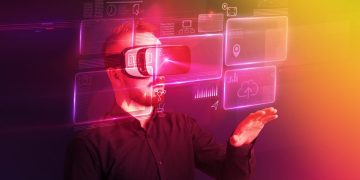
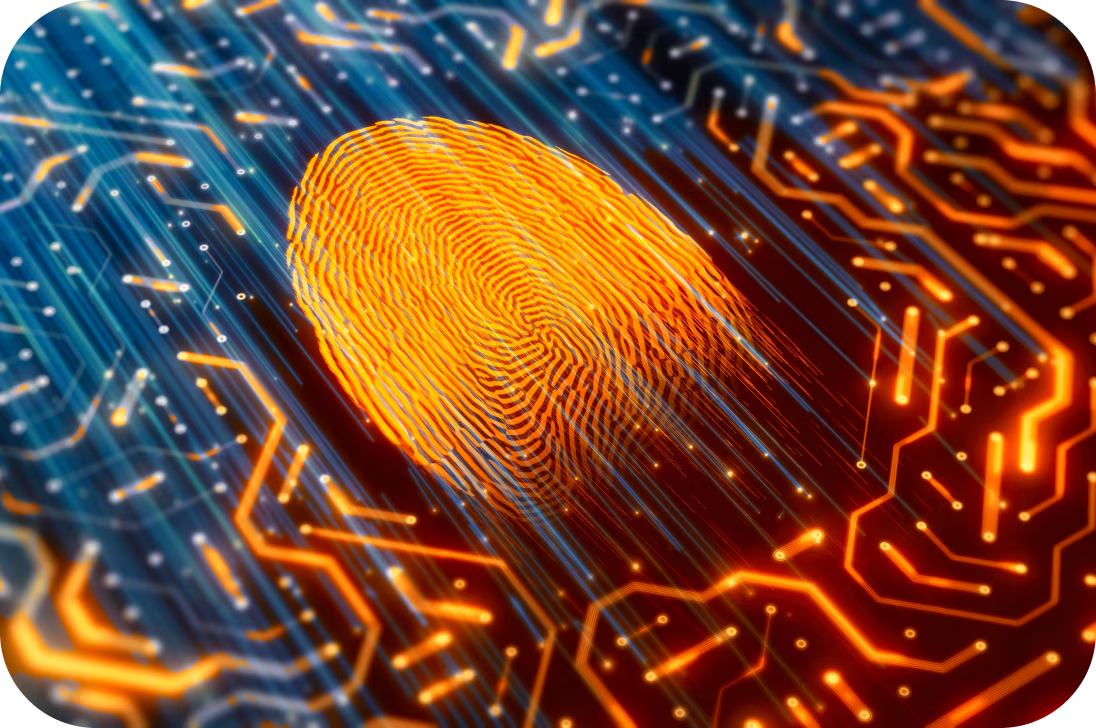













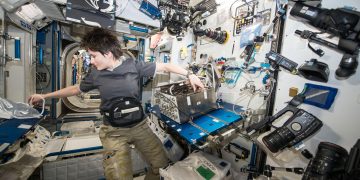





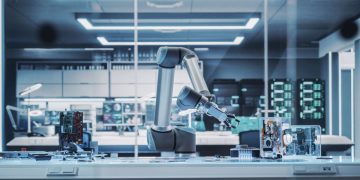

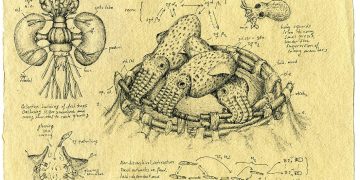
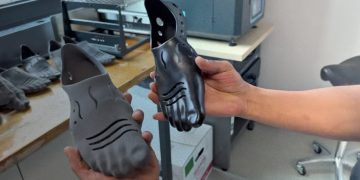


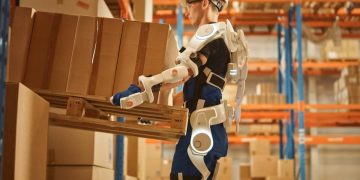


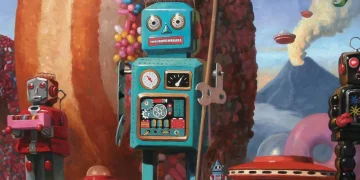


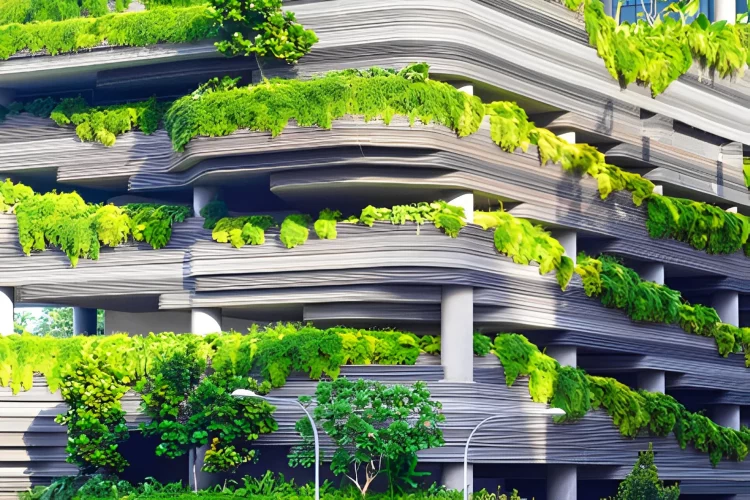












Discussion about this post